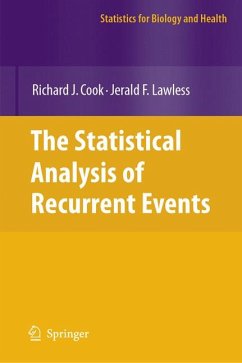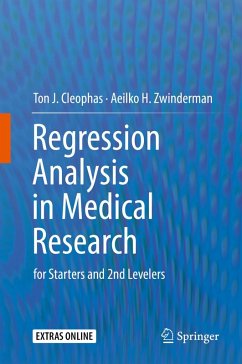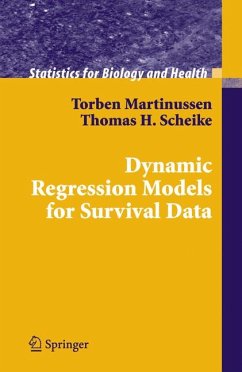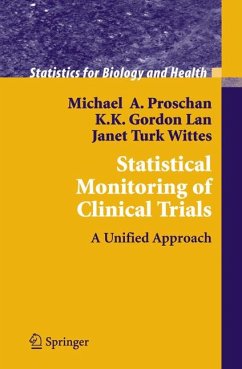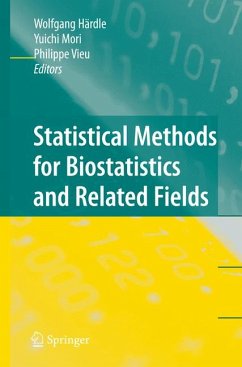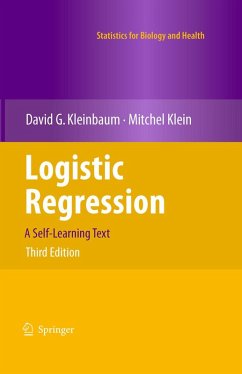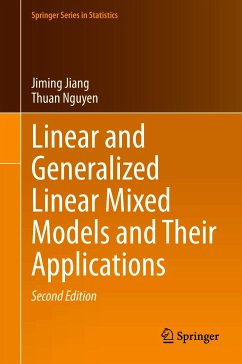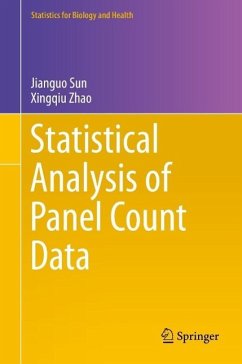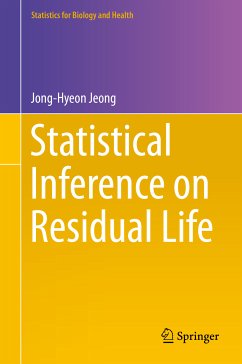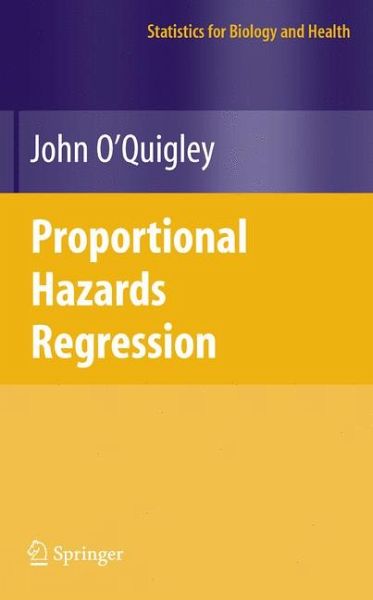
Proportional Hazards Regression (eBook, PDF)
Versandkostenfrei!
Sofort per Download lieferbar
72,95 €
inkl. MwSt.
Weitere Ausgaben:

PAYBACK Punkte
36 °P sammeln!
There are some important, significant departures from much current thinking in the area of proportional hazards regression. Less weight is given to counting processes and martingale theory than is now common. More classical methods of inference are used and while solid theoretically, this is not a mathematical text.
Dieser Download kann aus rechtlichen Gründen nur mit Rechnungsadresse in A, B, BG, CY, CZ, D, DK, EW, E, FIN, F, GR, HR, H, IRL, I, LT, L, LR, M, NL, PL, P, R, S, SLO, SK ausgeliefert werden.




